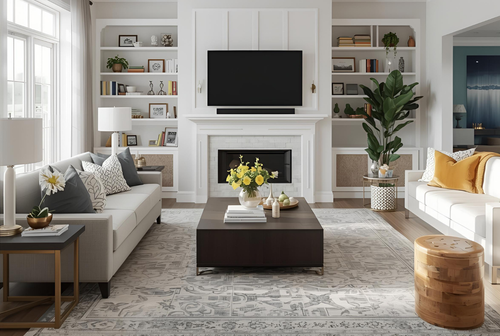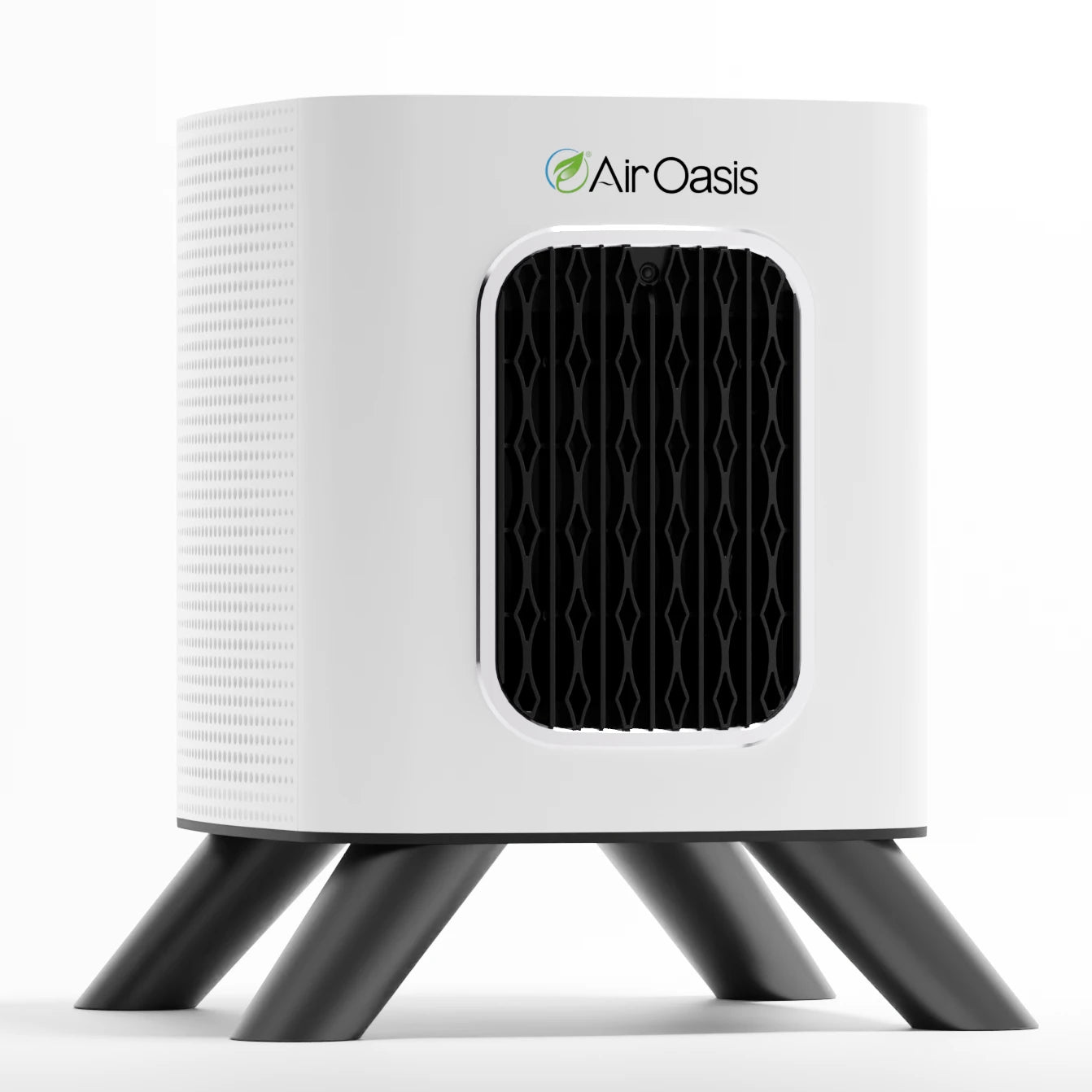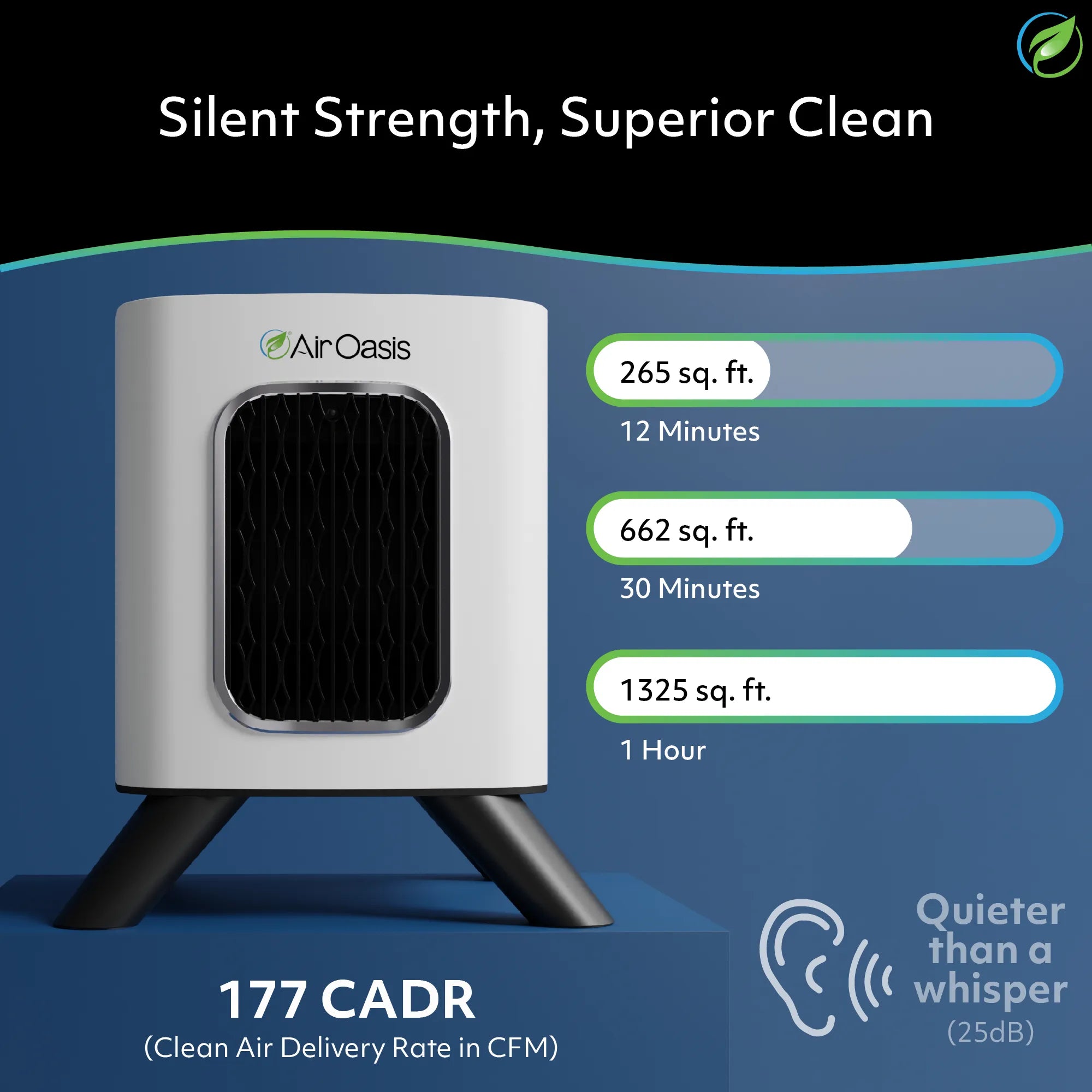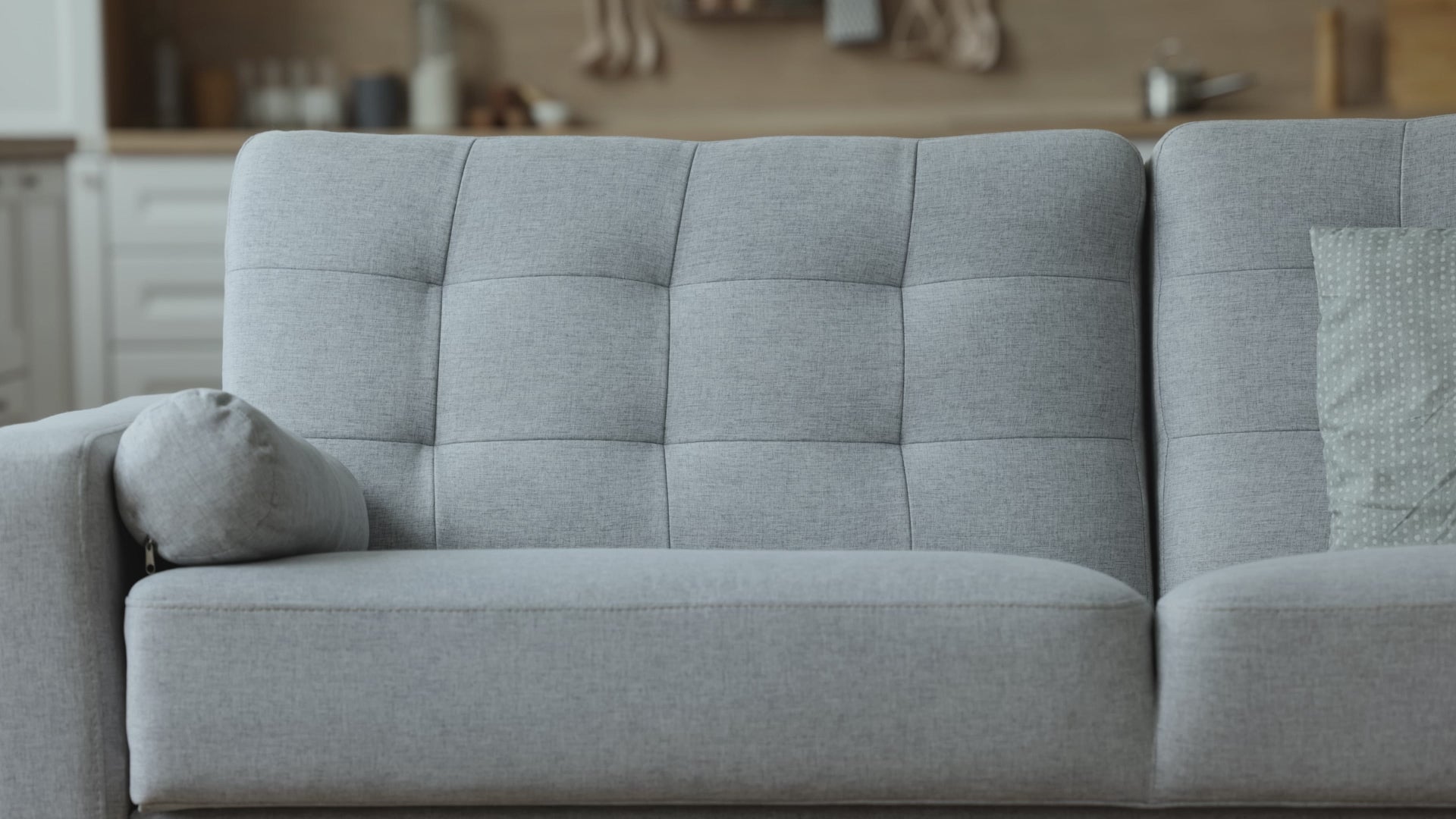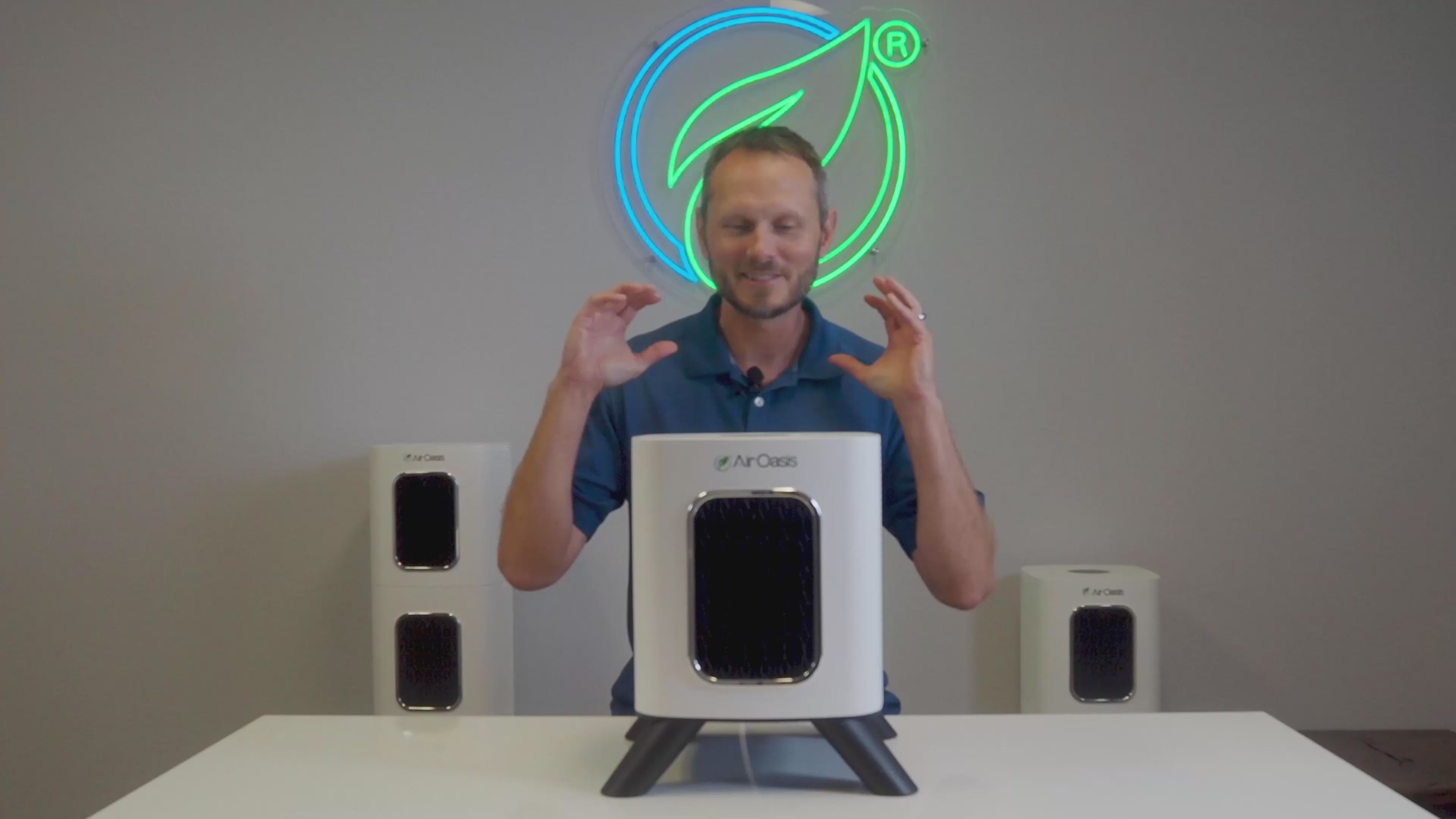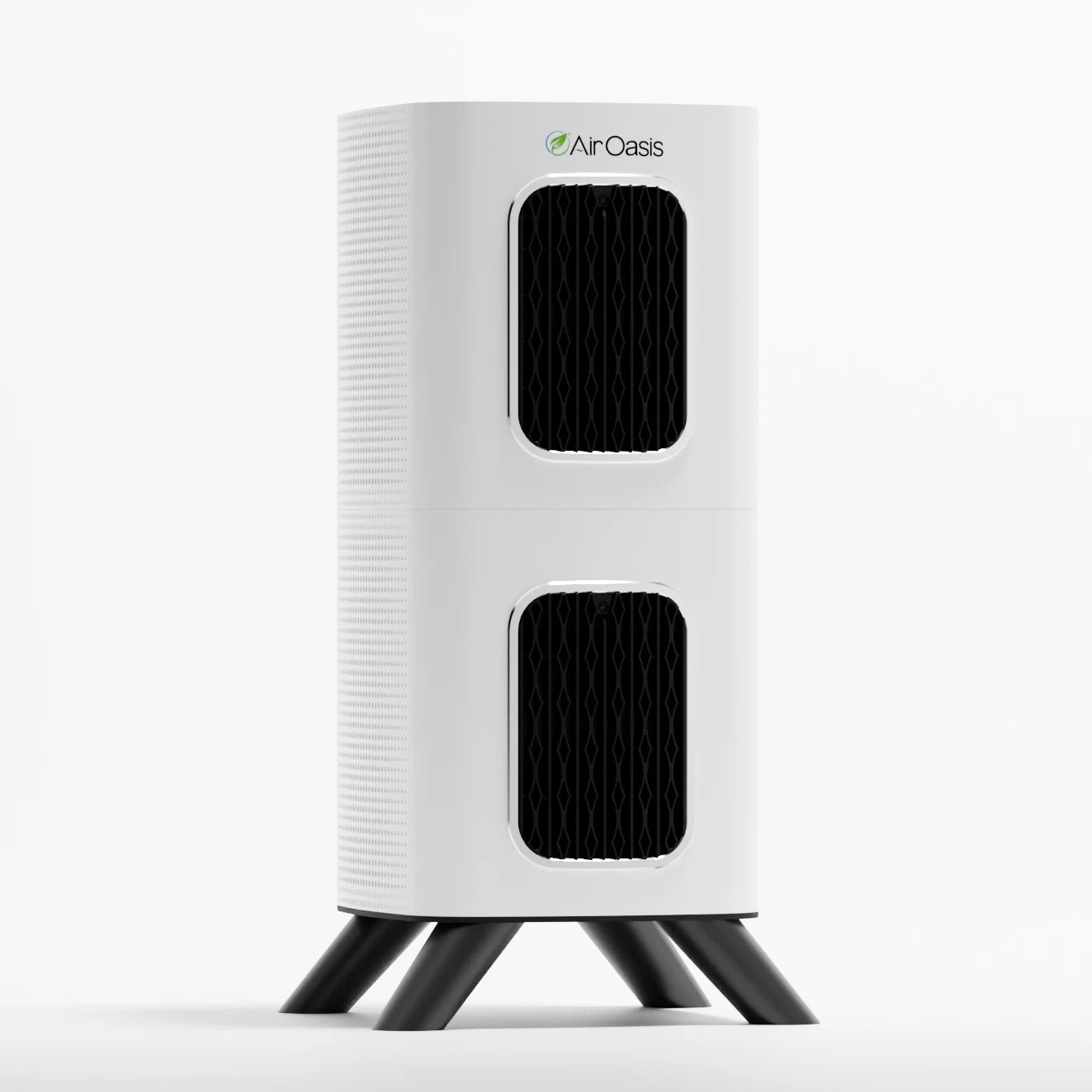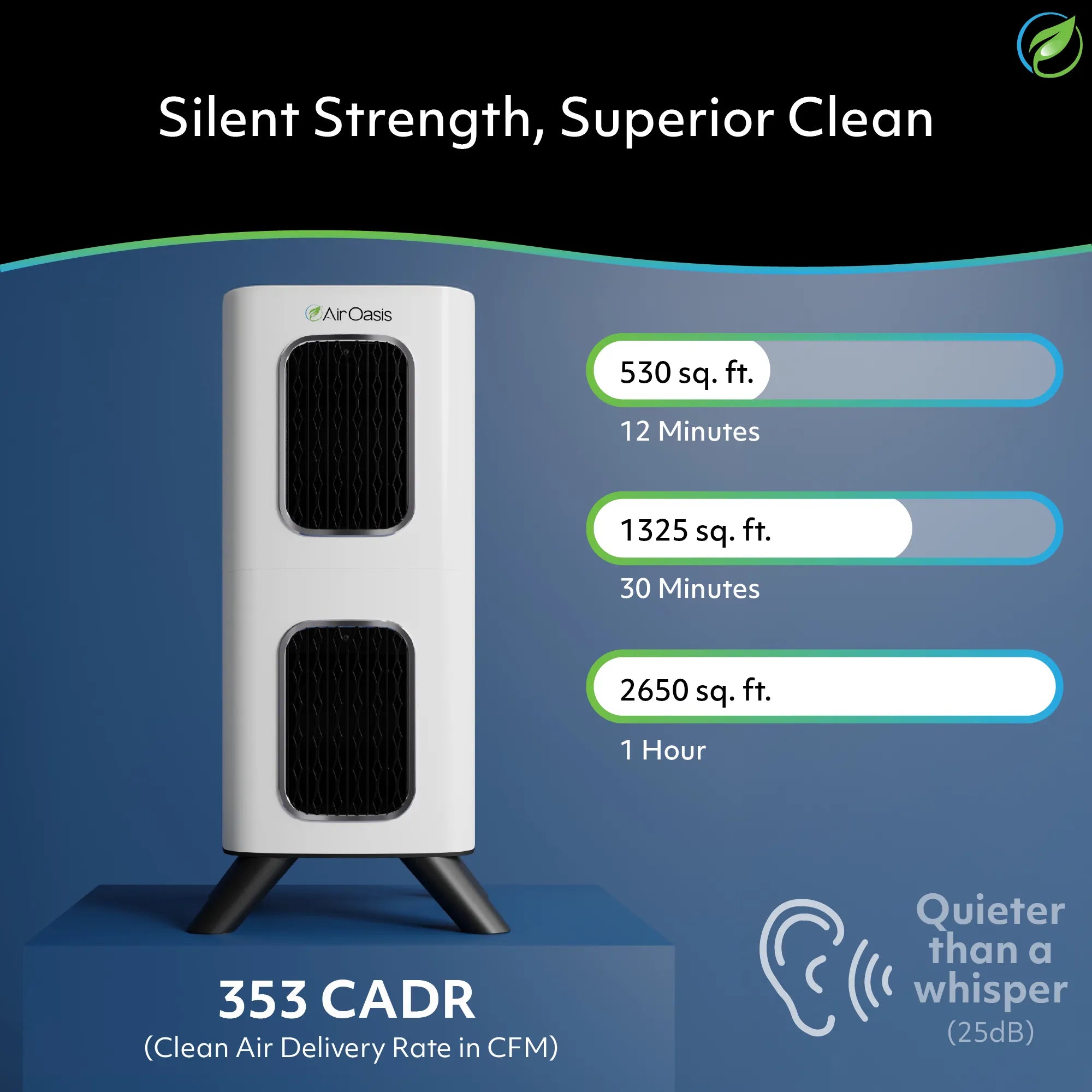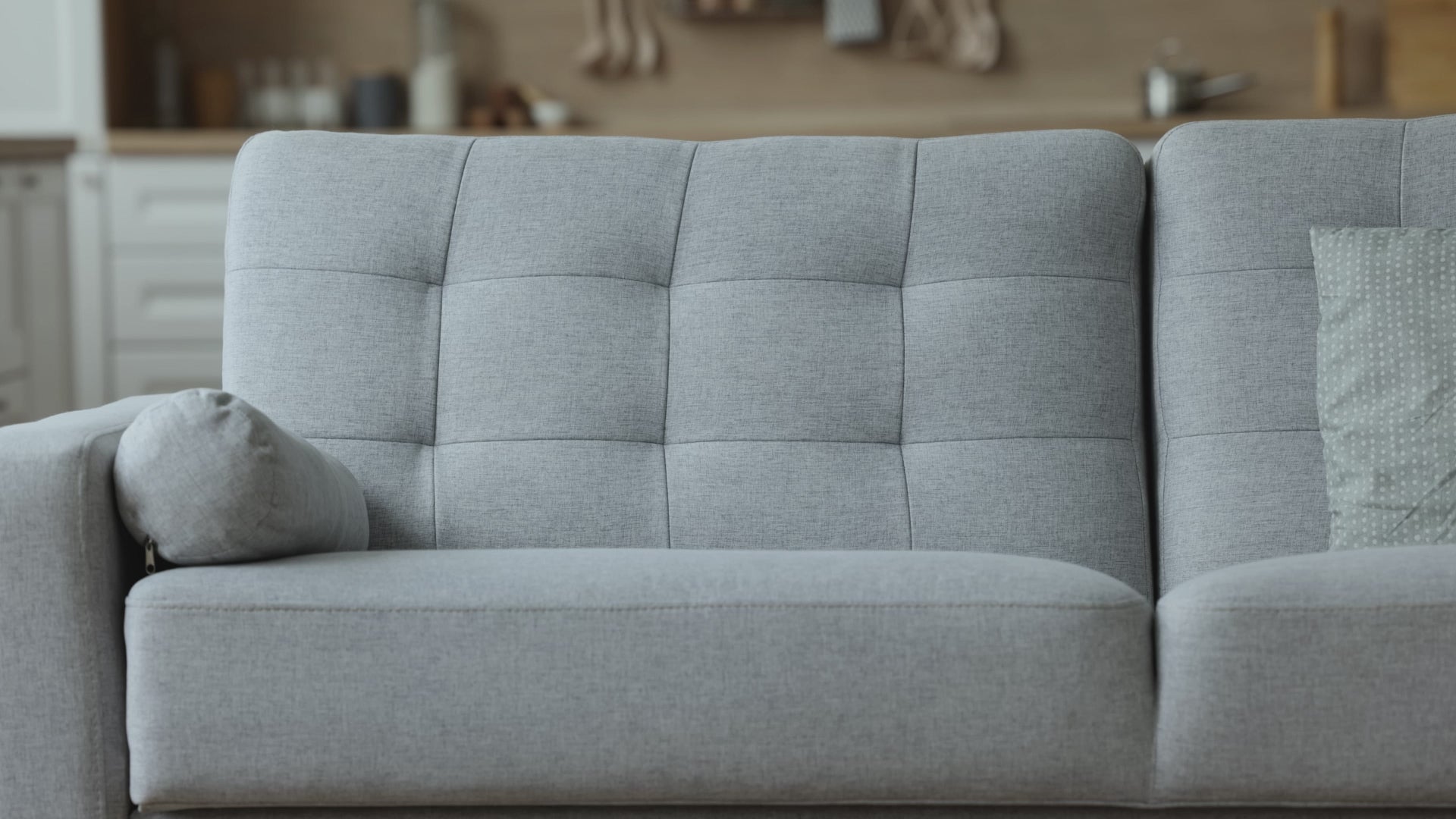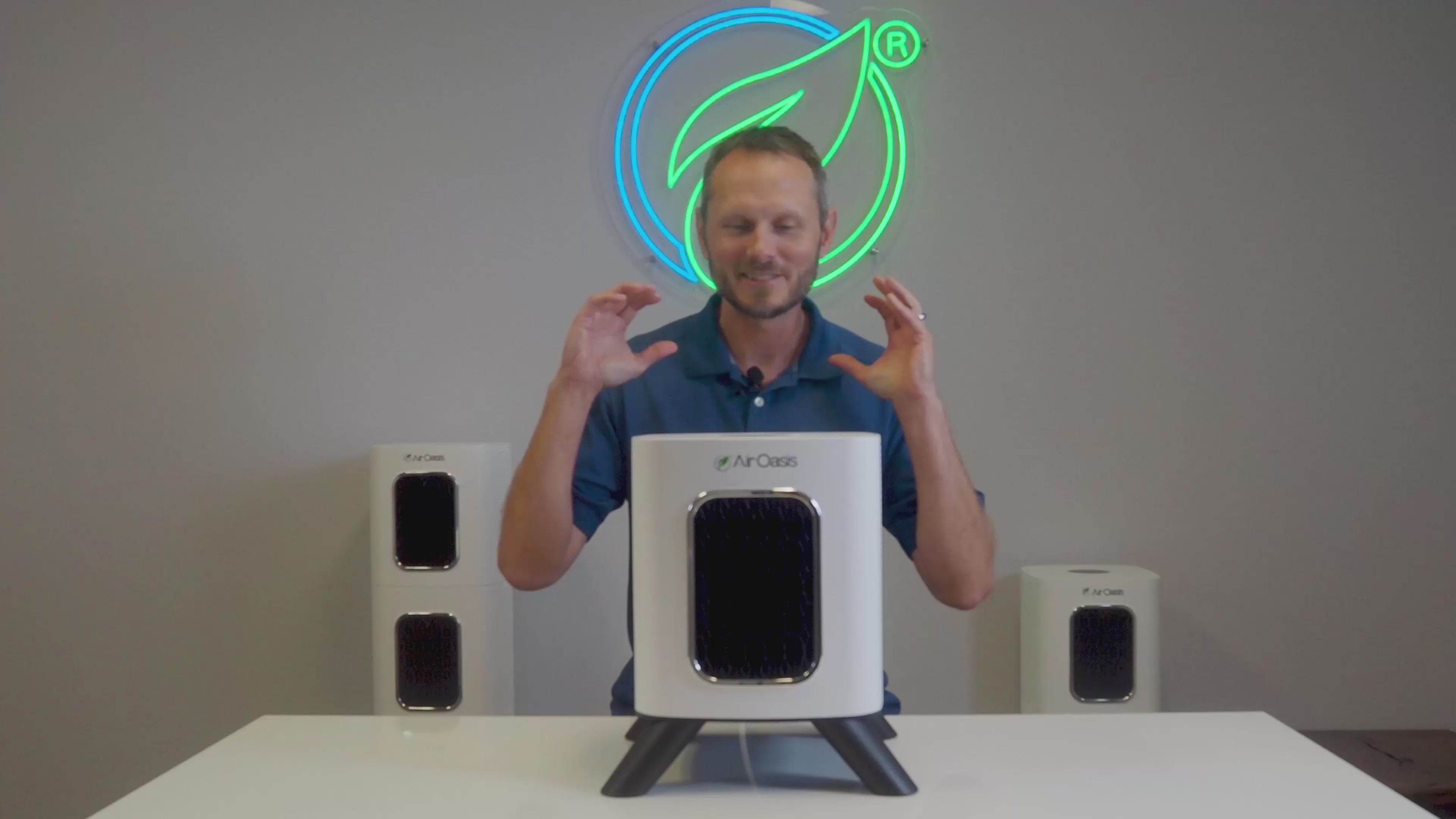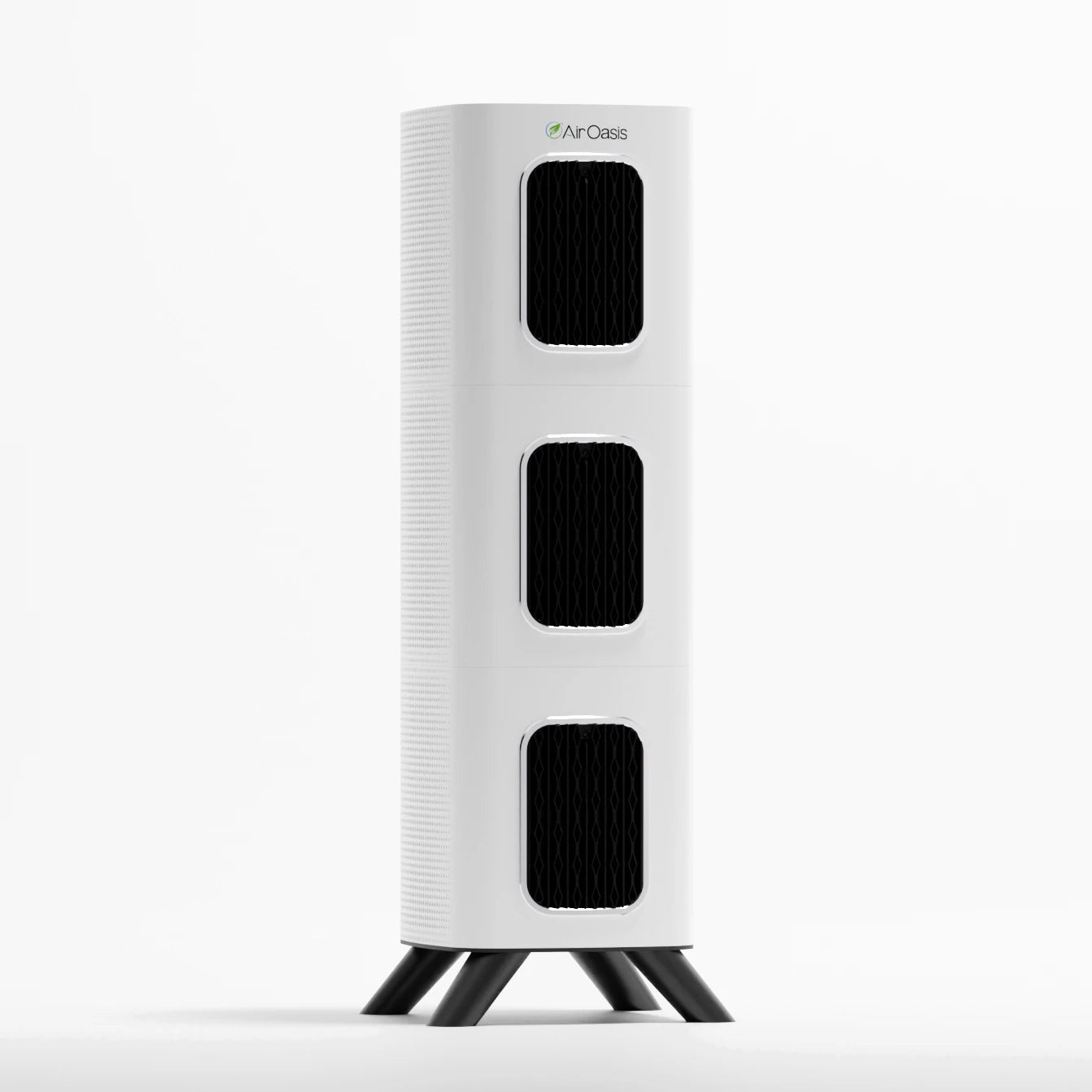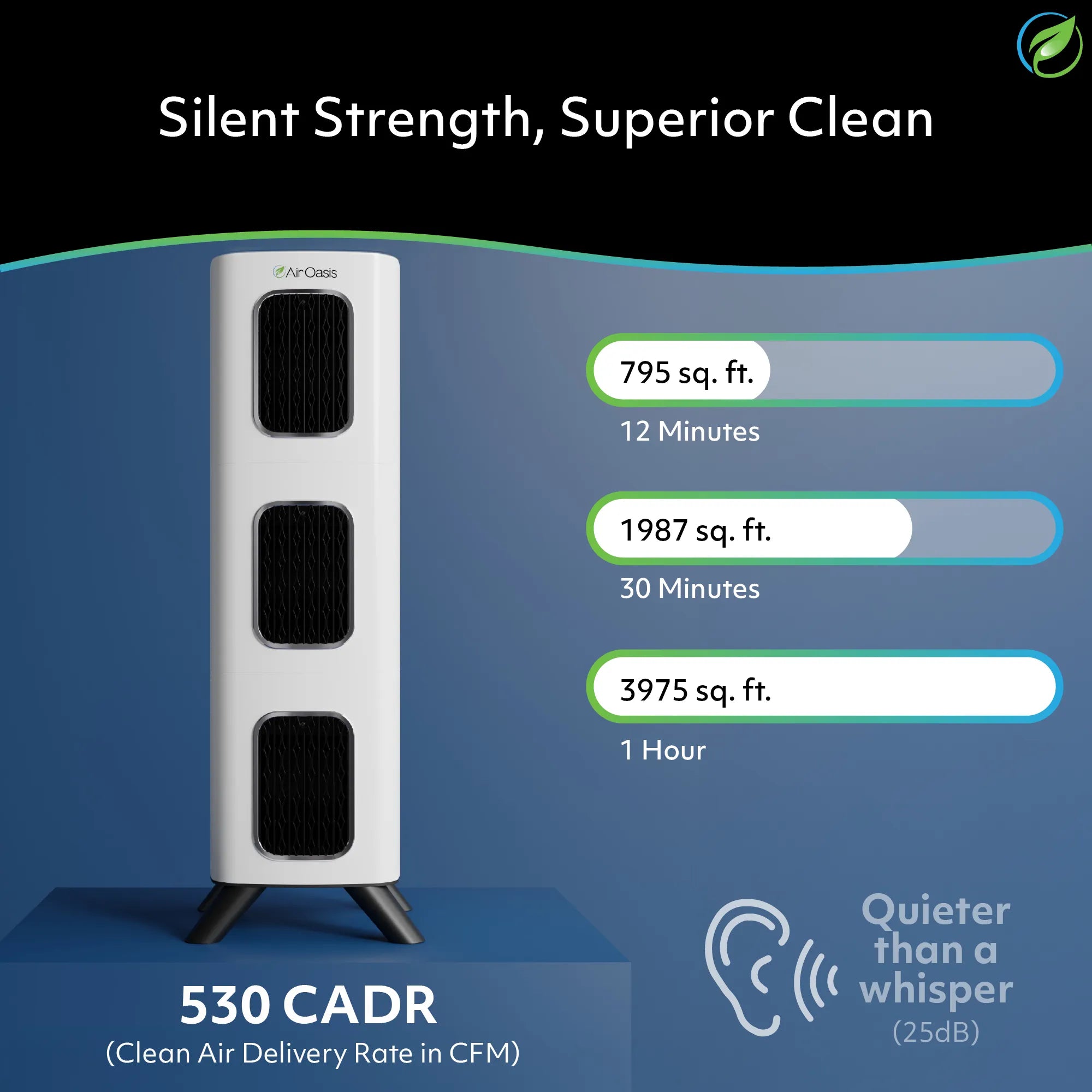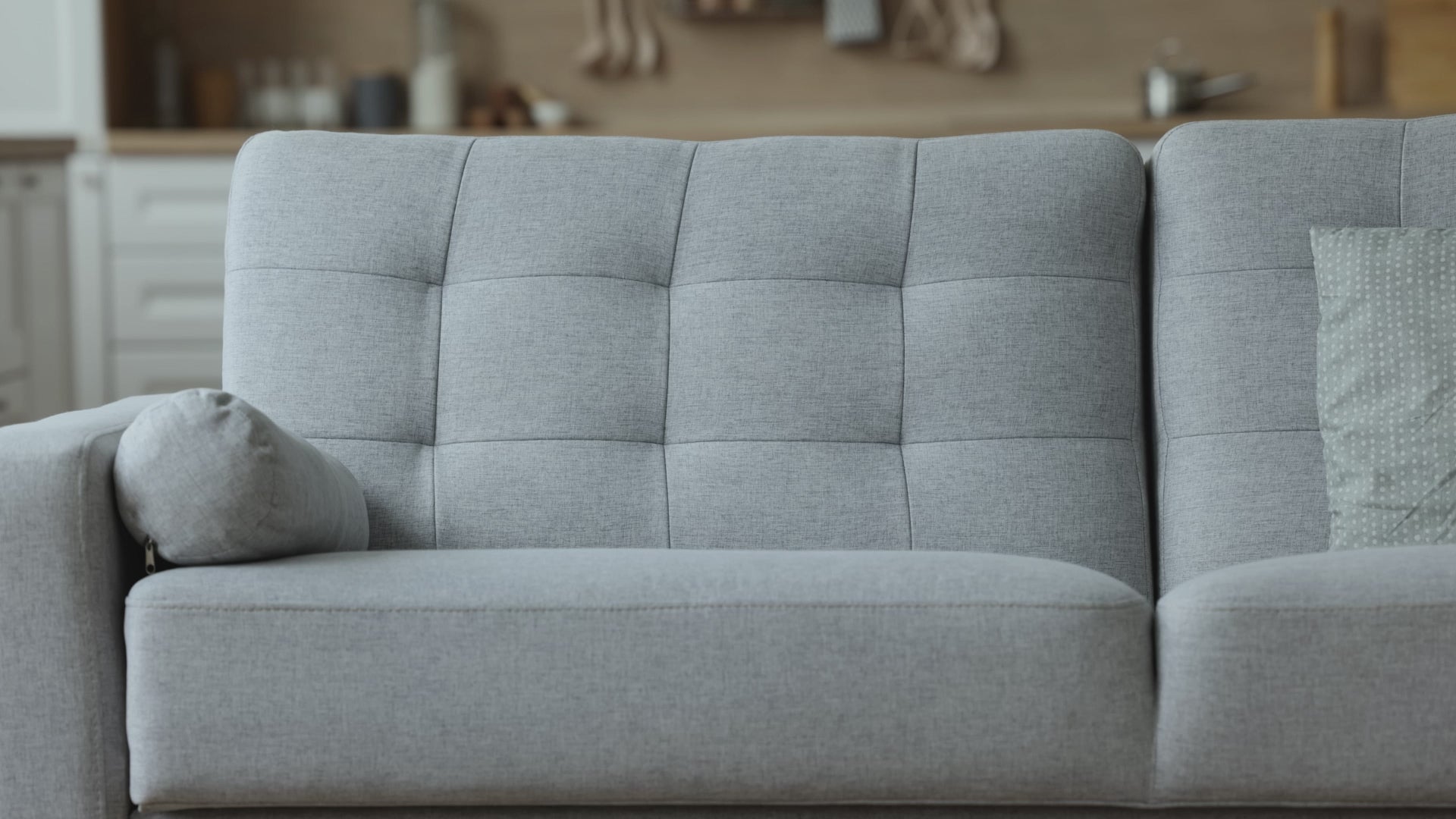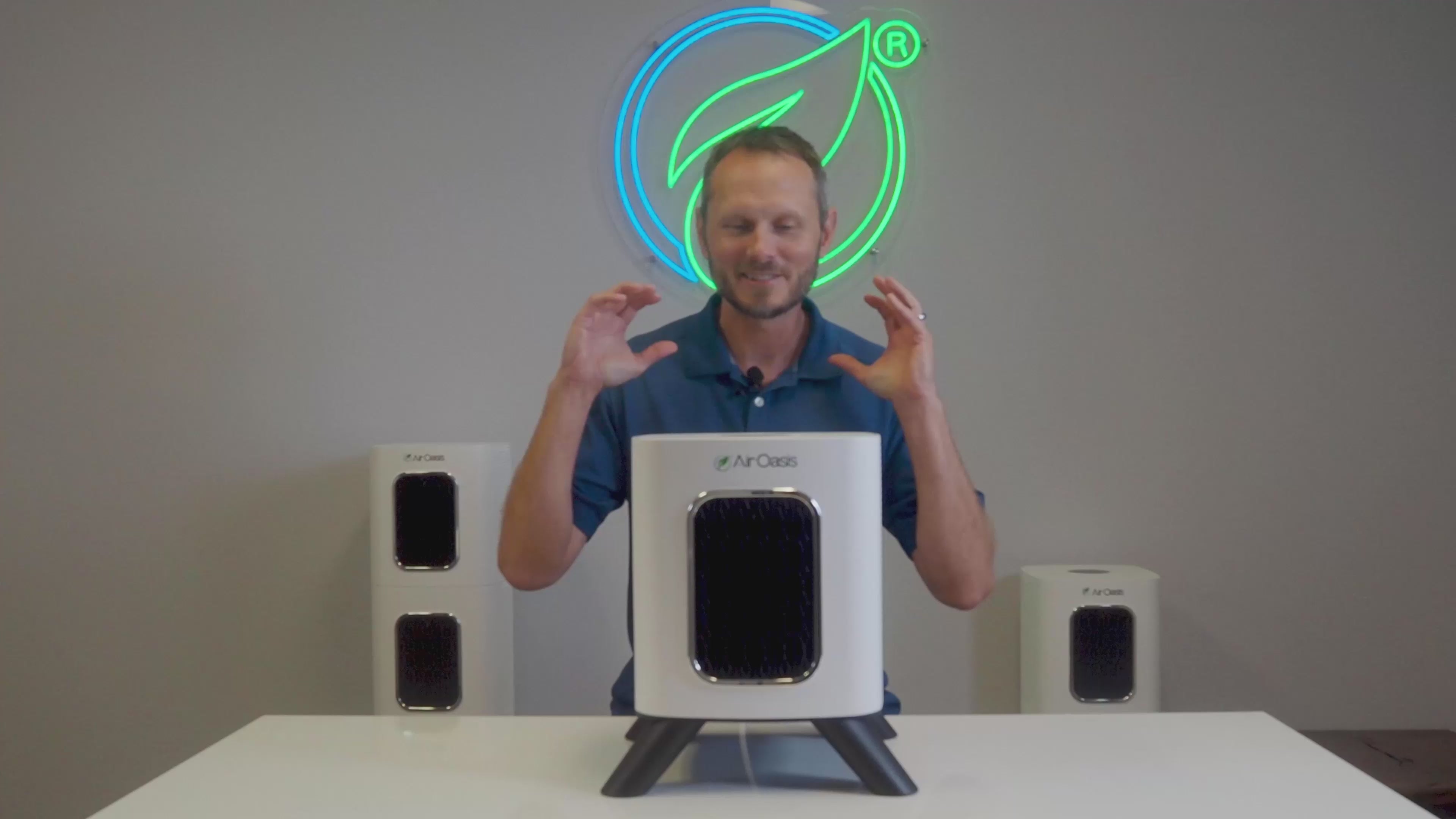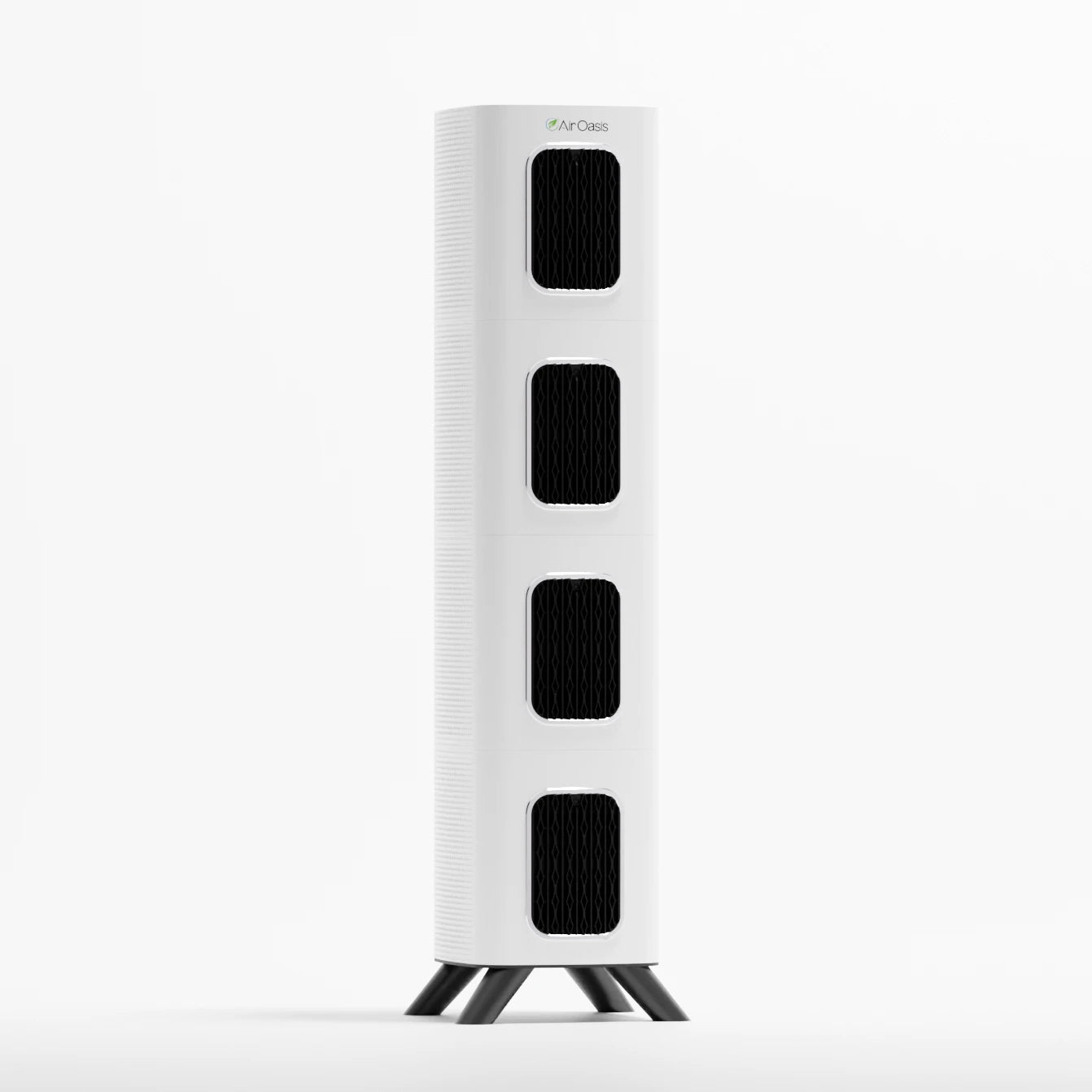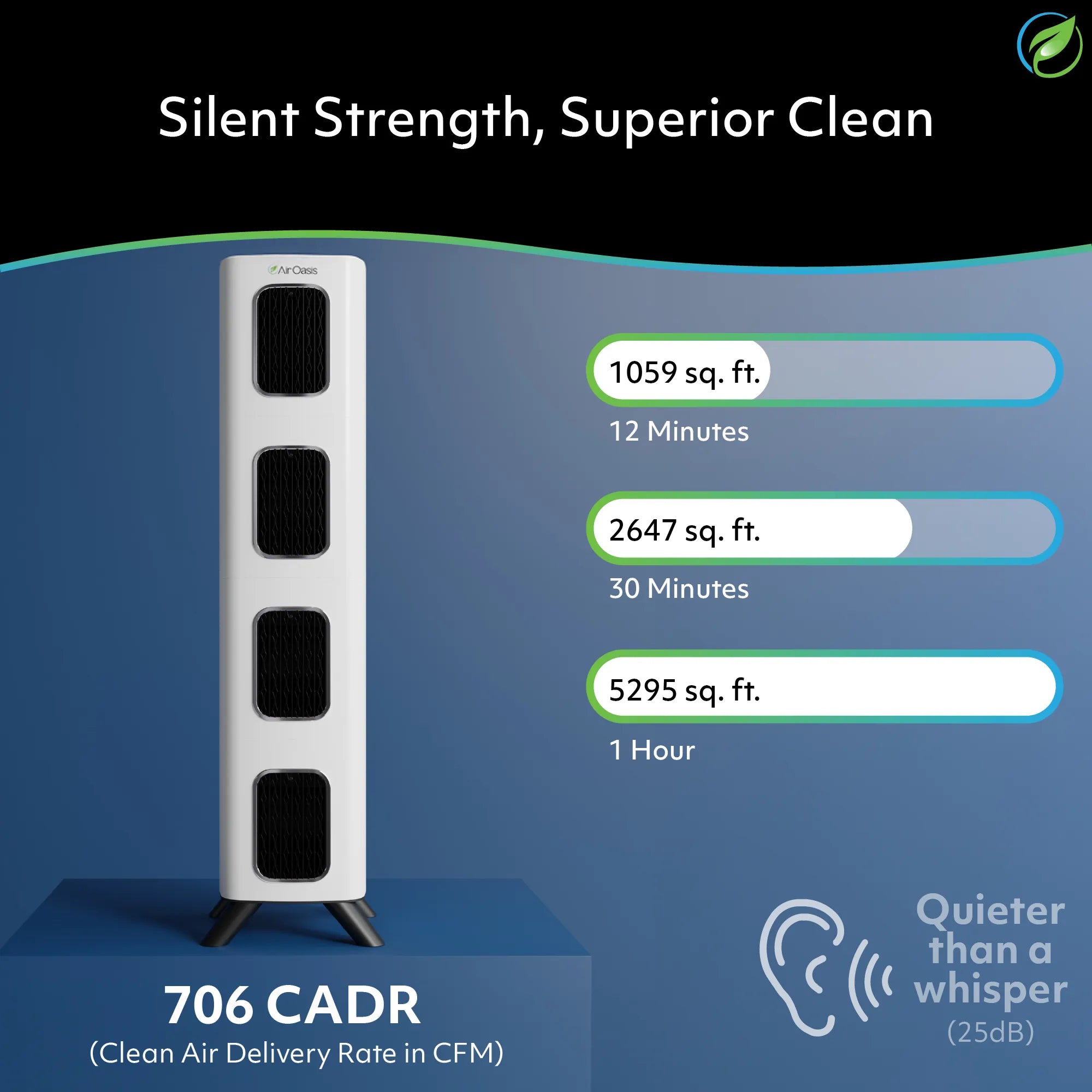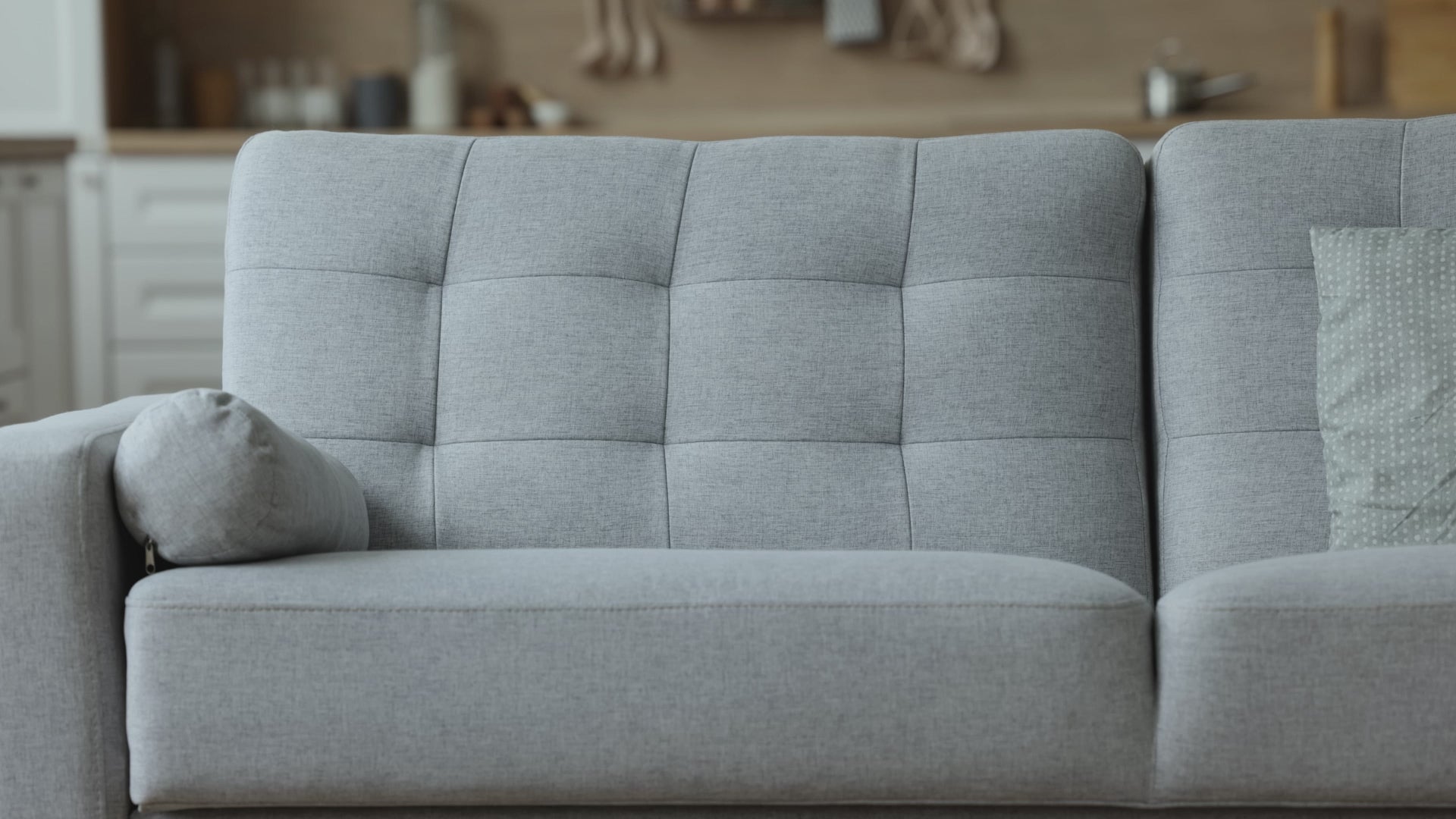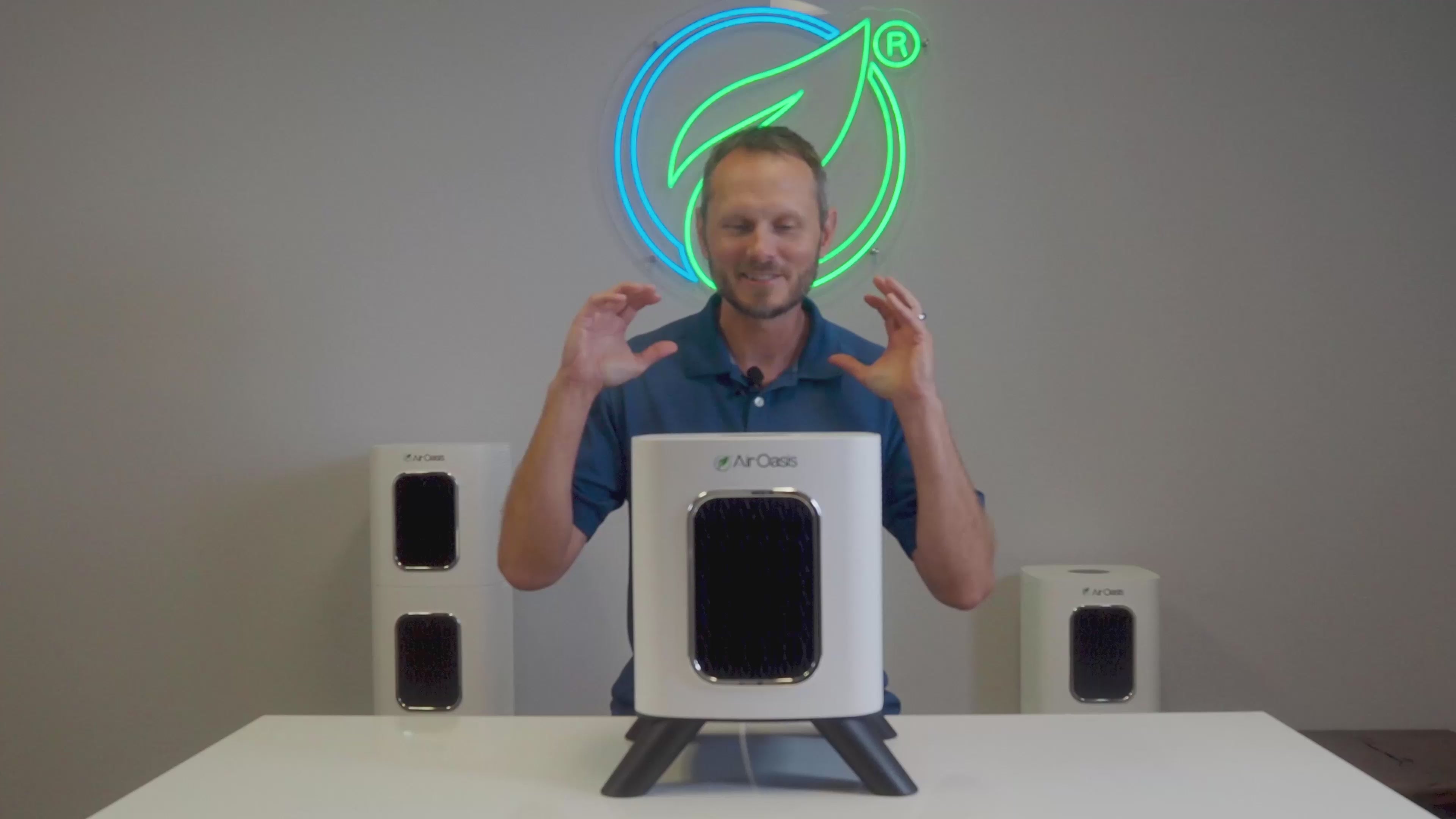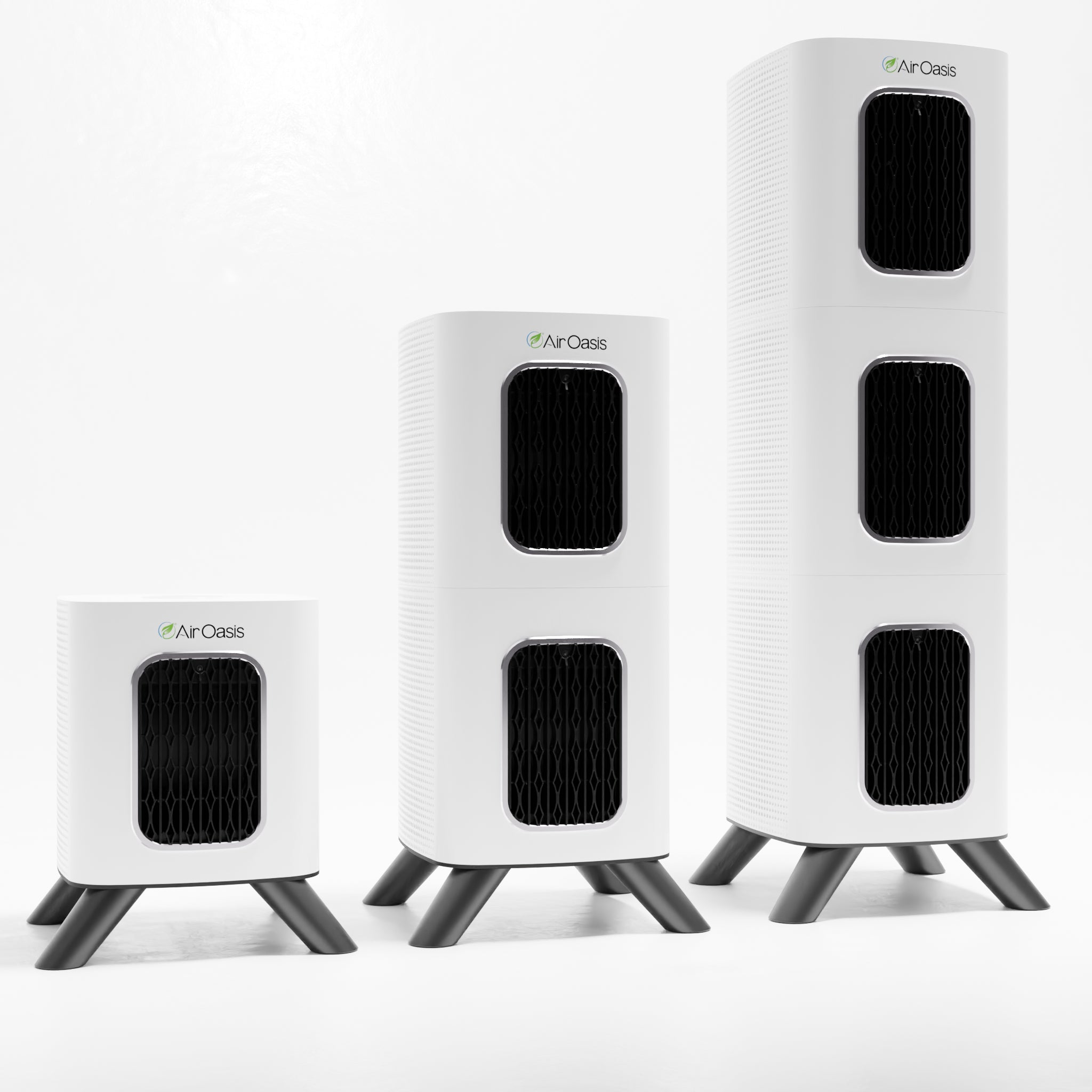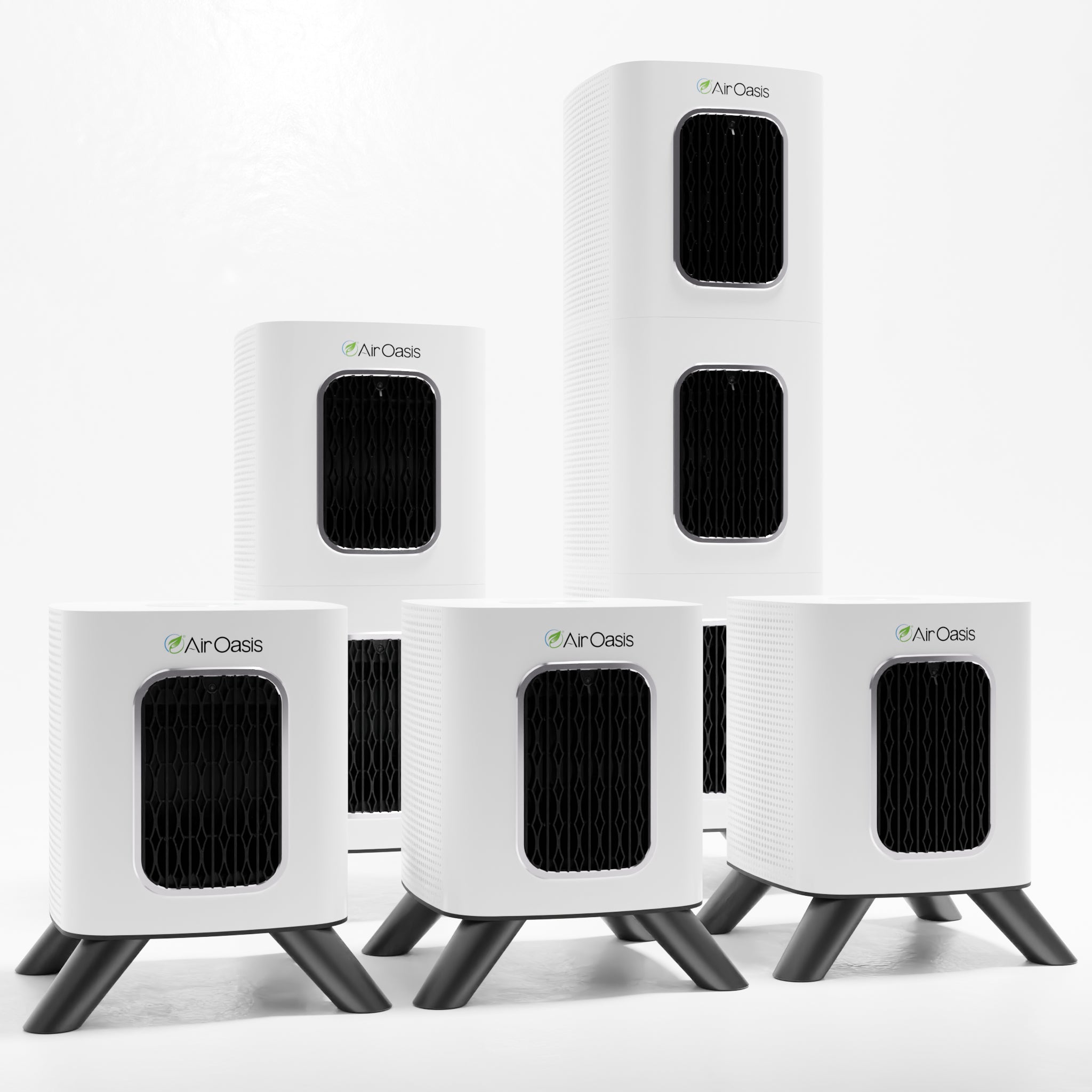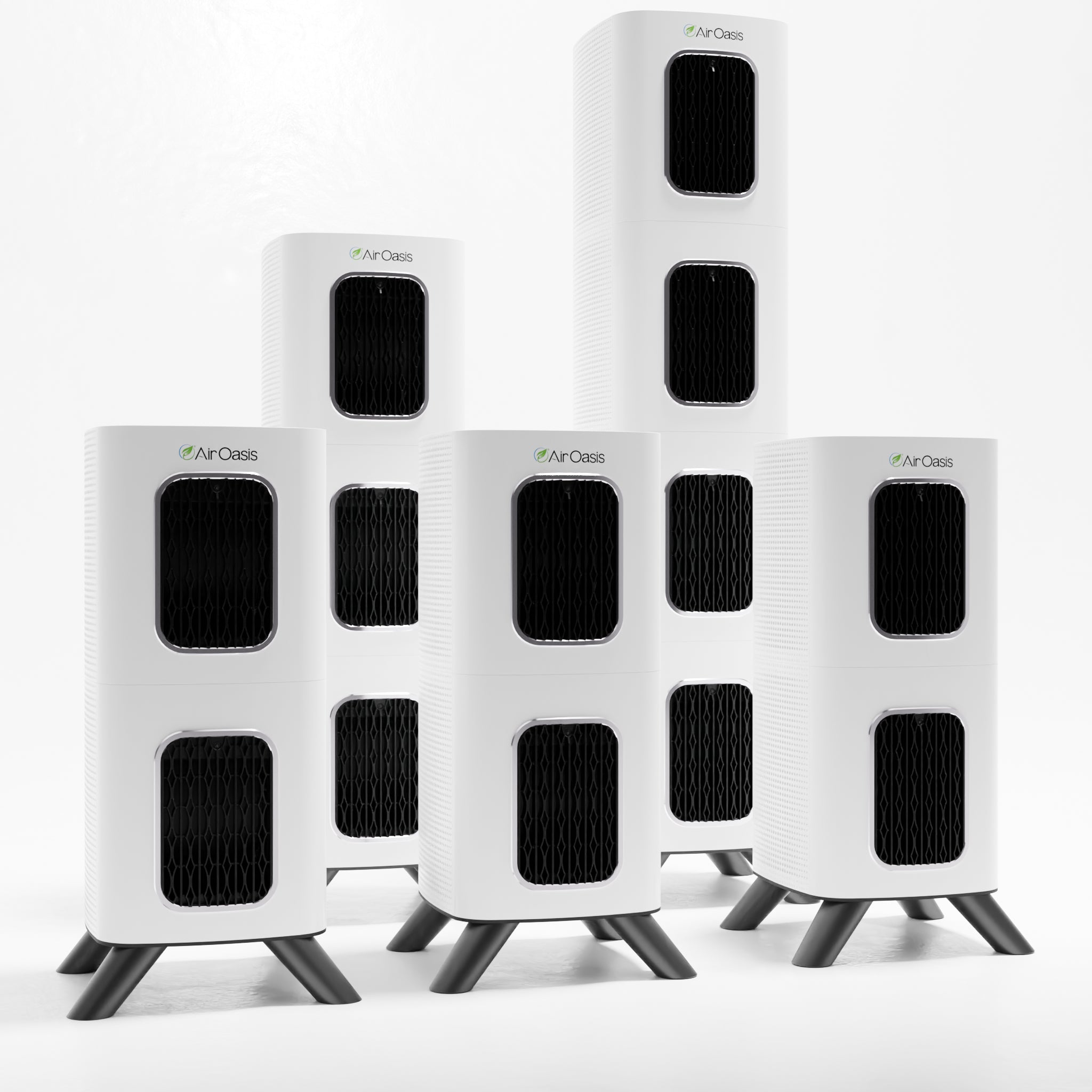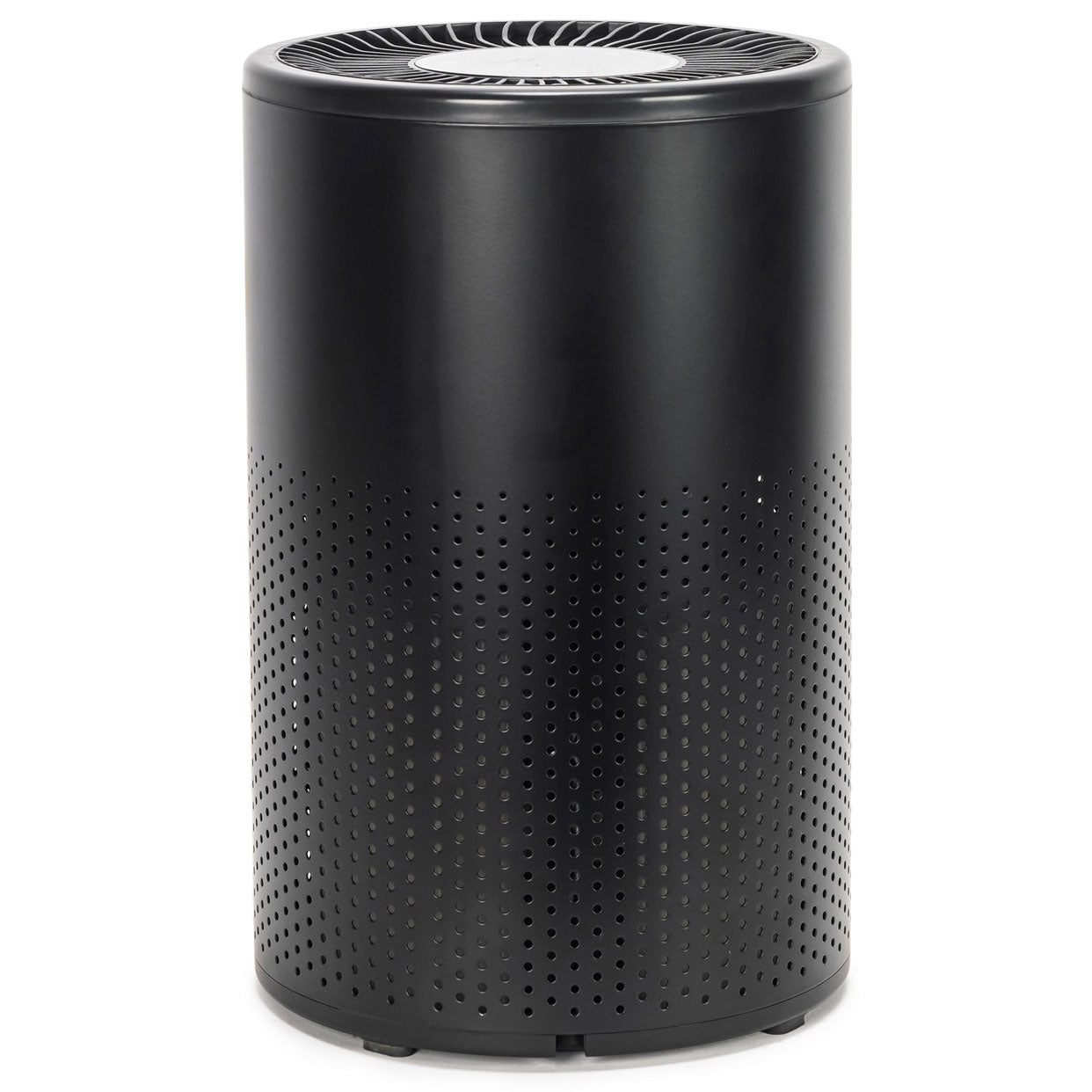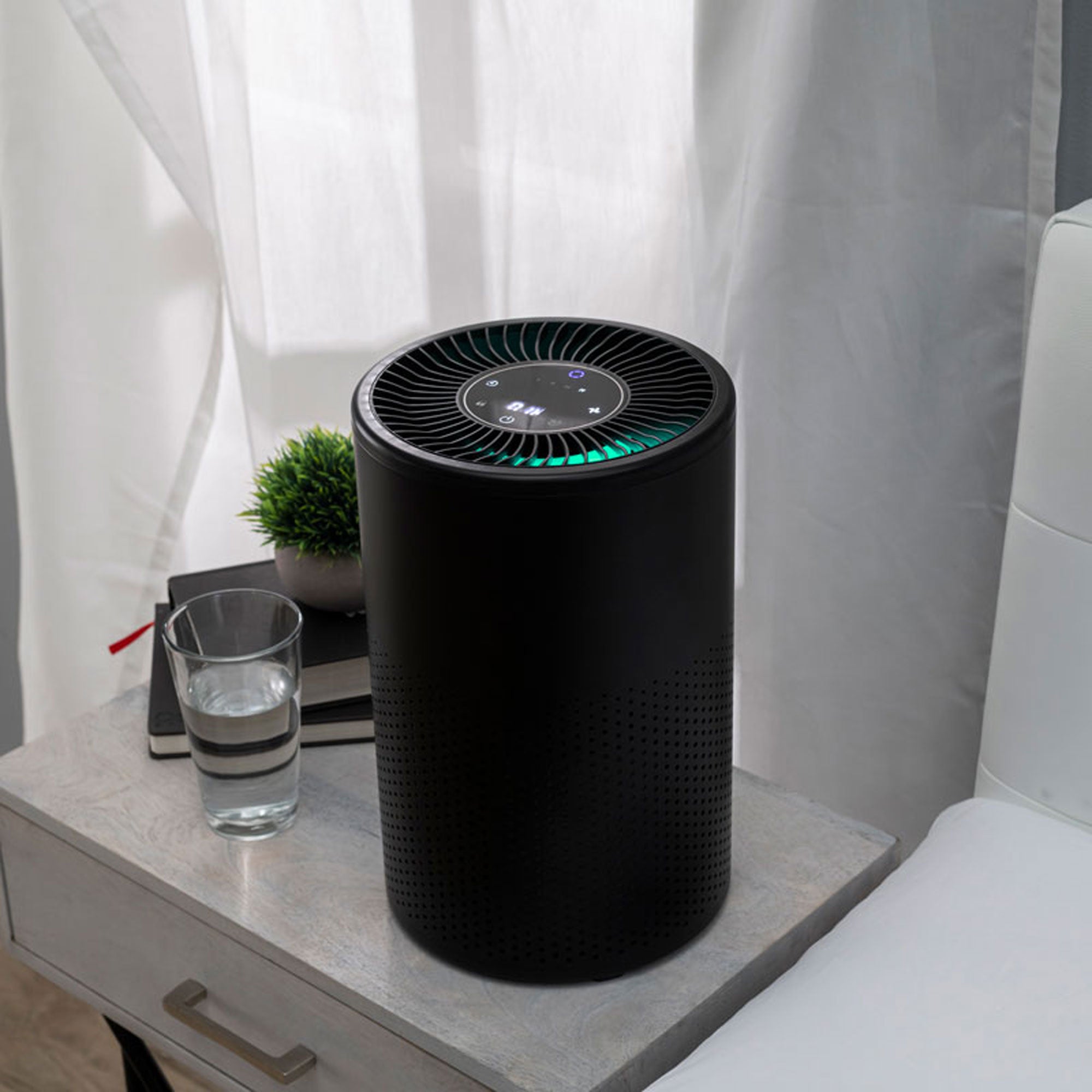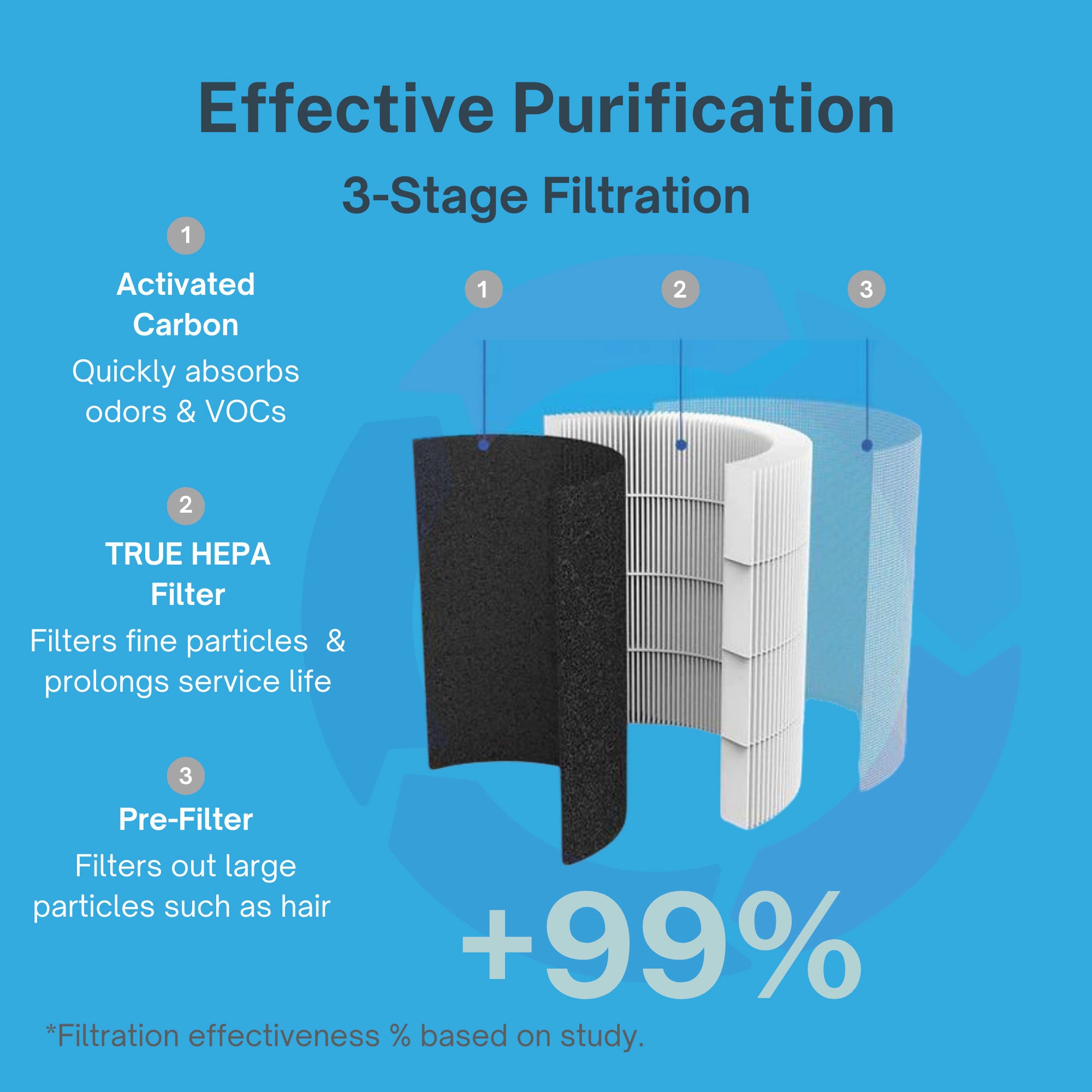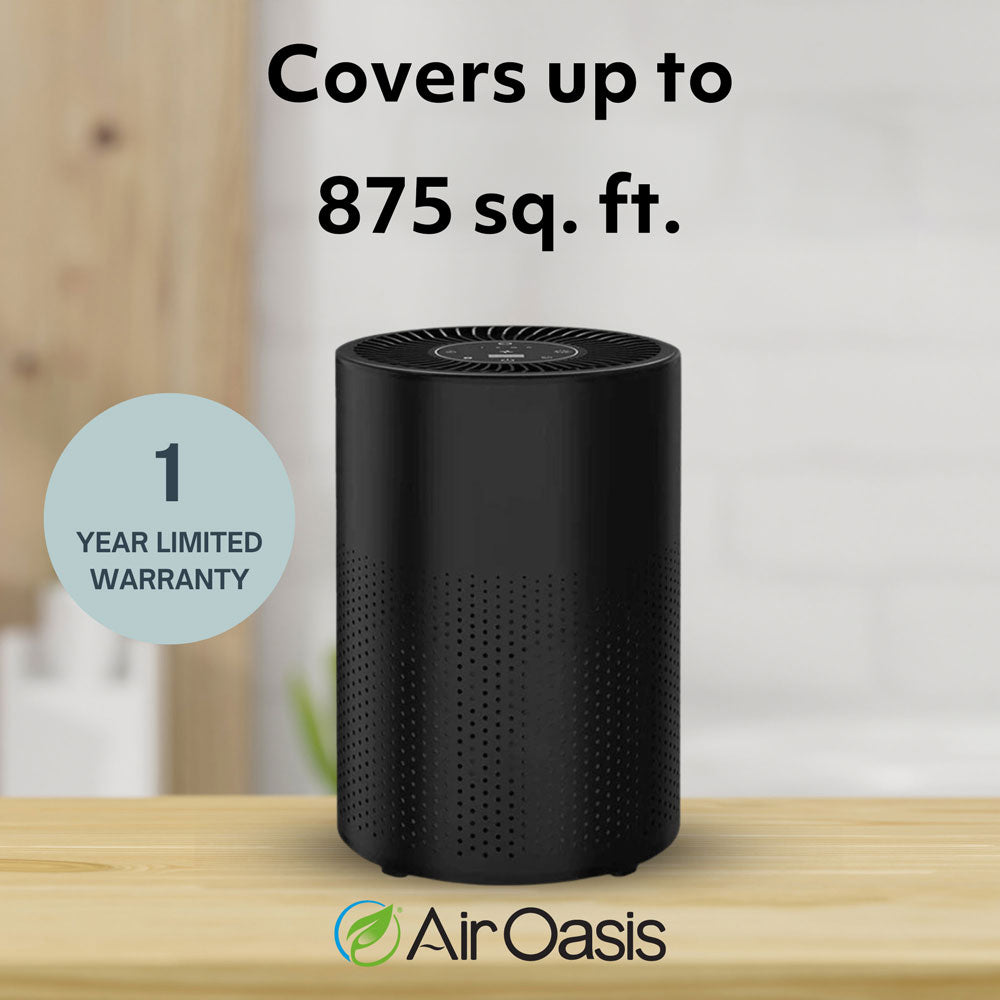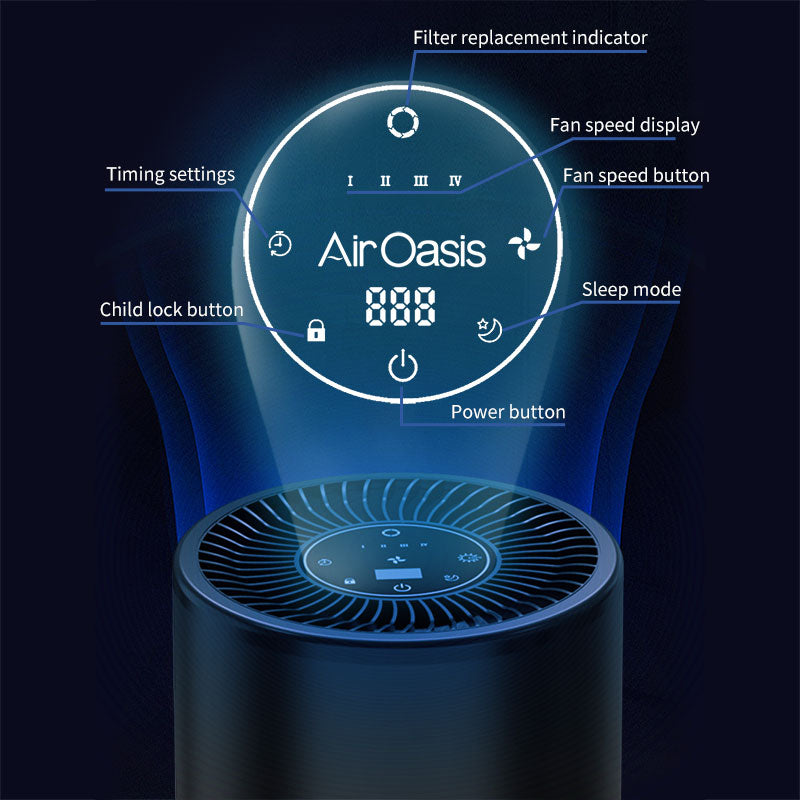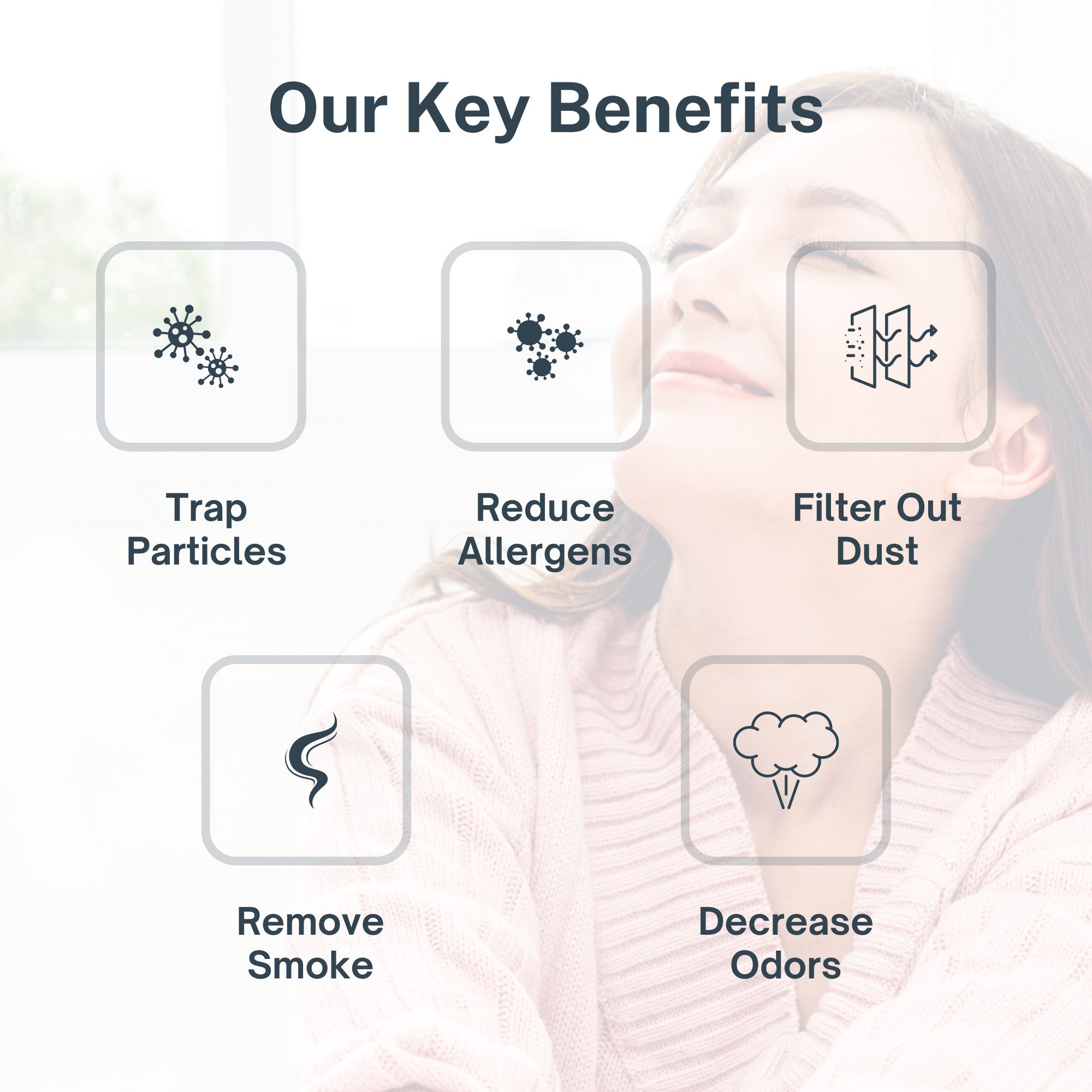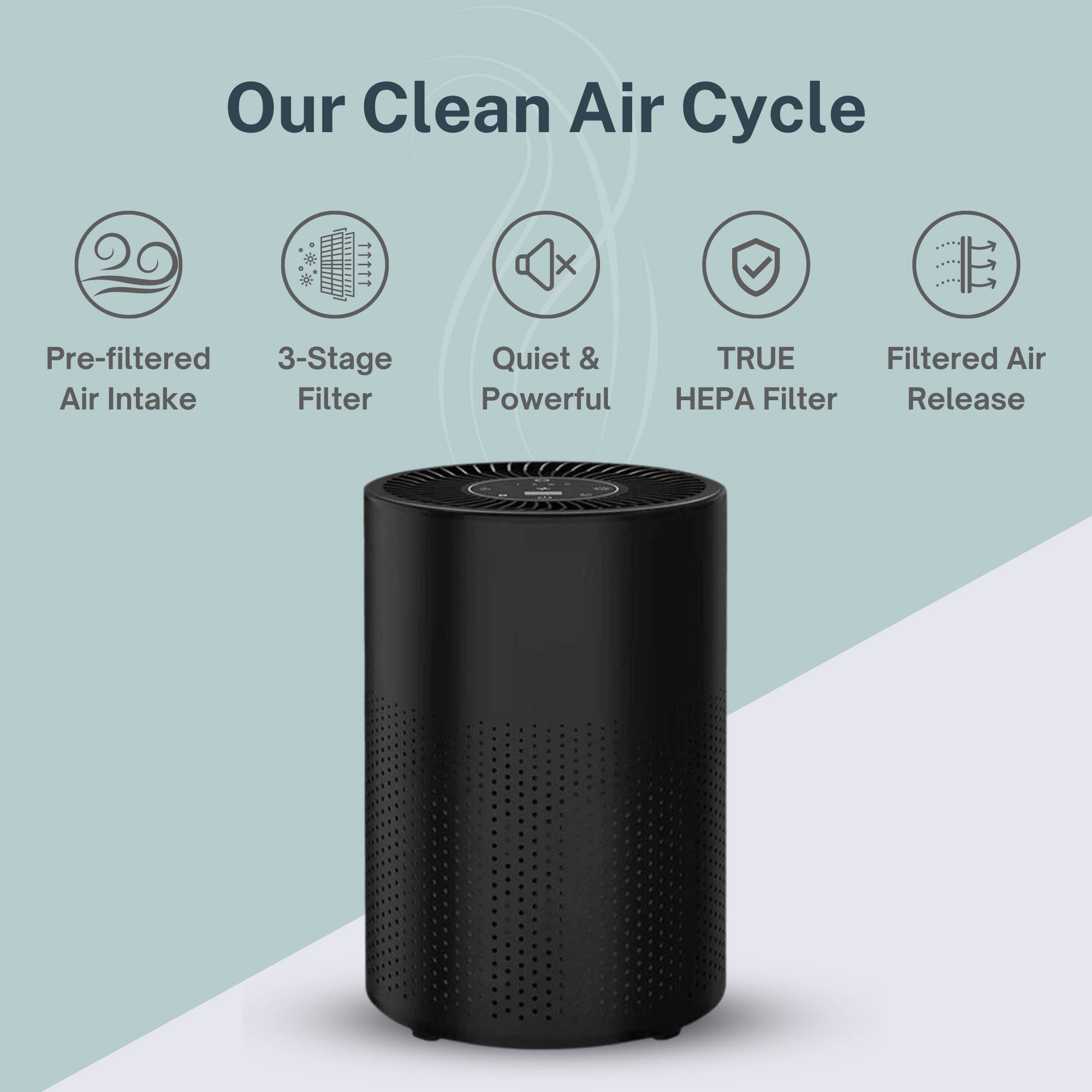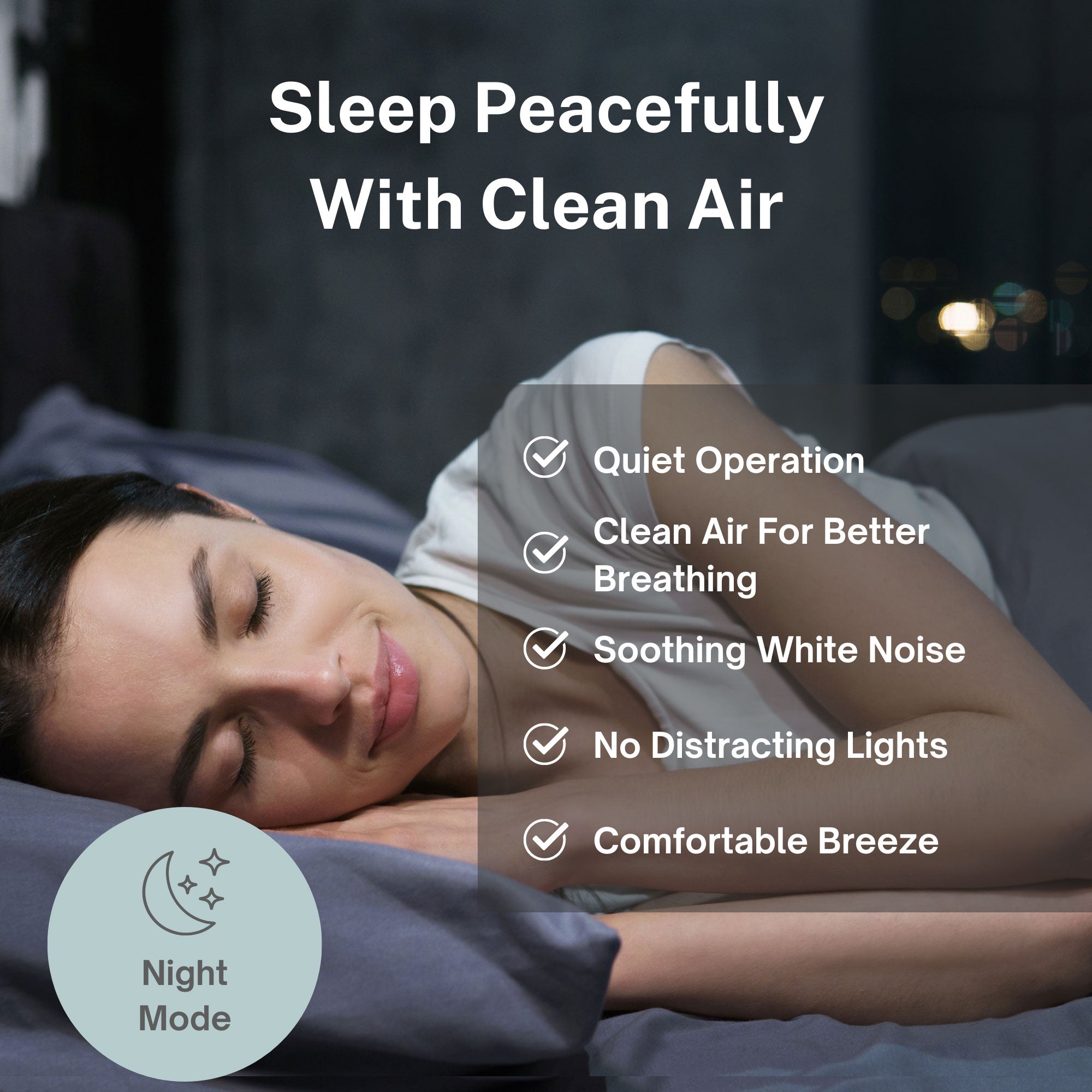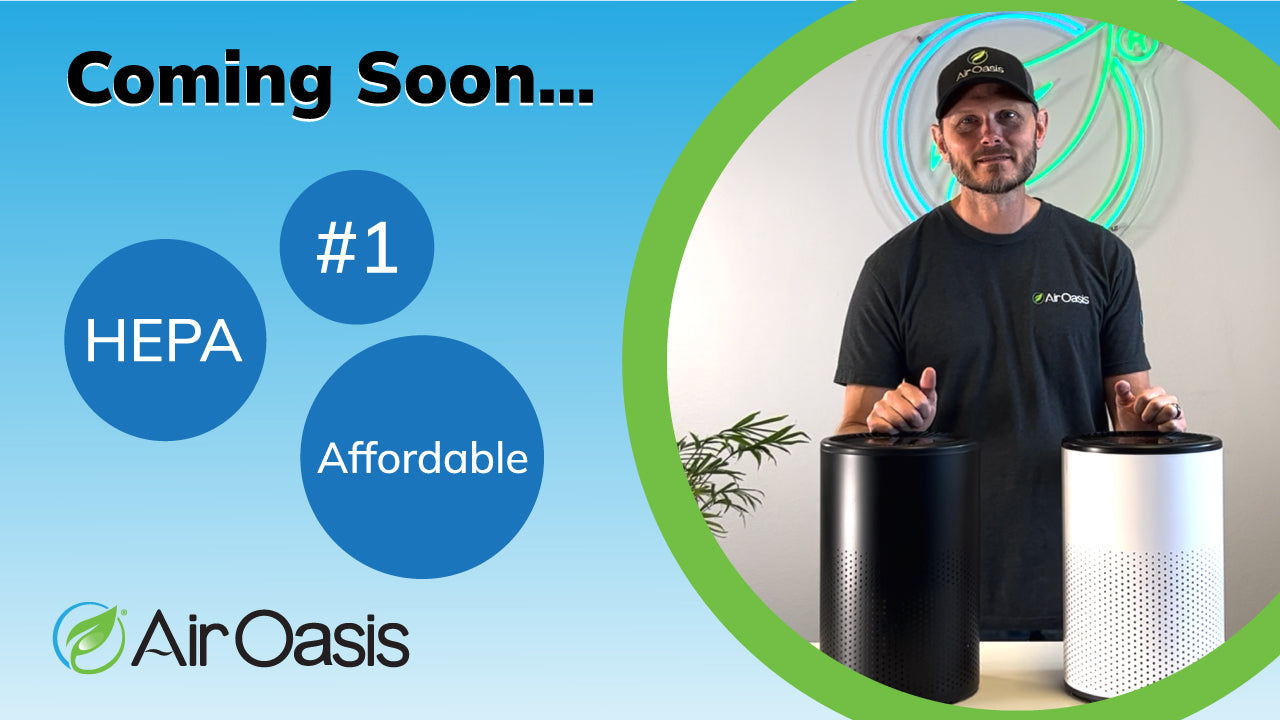Air purification technology has advanced significantly, offering health-conscious individuals multiple options for optimizing indoor air quality. Among these technologies, ionizer air purifiers stand out for their unique approach to cleaning air. Unlike traditional filters that trap particles, ionizers use electrical charges to neutralize airborne contaminants.
For those committed to creating the healthiest possible indoor environment, understanding what makes ionizer air purifiers distinctive helps you make informed decisions about which technologies best support your wellness goals.
Whether you're looking to enhance cognitive performance, improve sleep quality, or reduce exposure to airborne pathogens, ionization offers specific benefits that complement other air purification methods.
Here are six key distinctions that set ionizer air purifiers apart from conventional filtration systems.
1. Electrical Charging Process Instead of Physical Filtration
The fundamental distinction of ionizer air purifiers lies in their operational mechanism. Rather than pulling air through physical filters, ionizers emit negative ions into the air. These negatively charged ions attach to airborne particles—dust, pollen, bacteria, smoke, and other contaminants—which typically carry positive charges. Once attached, the particles become heavier and fall out of the breathing zone, settling on surfaces where they can be cleaned during regular housekeeping.
This electrical charging process offers advantages for ultrafine particles that can slip through even HEPA filters. Particles smaller than 0.1 microns pose significant health risks because they penetrate deep into lung tissue and can enter the bloodstream. Ionizers effectively target these ultrafine particles that other technologies might miss. The process is continuous and passive, requiring no fan noise or filter replacement, making ionization an effortless addition to your wellness routine. Advanced systems like the Air Oasis iAdaptAir combine ionization with HEPA filtration to address particles across all size ranges, from large allergens to submicron pollutants.
2. Ozone Production Concerns and Modern Solutions
A critical distinction that potential buyers must understand is that some ionizers produce ozone as a byproduct of the ionization process. Ozone is a lung irritant that can worsen respiratory conditions and trigger asthma symptoms. This has created legitimate concerns about ionizer safety, particularly for individuals with existing respiratory sensitivities or those optimizing their health.
However, modern ionizer technology has addressed these concerns. CARB (California Air Resources Board) certification ensures that air purifiers produce ozone levels below 0.050 parts per million, the safe threshold established by regulatory agencies. Quality manufacturers now design ozone-free ionization systems that provide the benefits of charged particle removal without the respiratory risks. When evaluating ionizer air purifiers, always verify CARB certification and ozone-free operation. The distinction between older ionizer models that produced harmful ozone levels and current ozone-free technology is significant—one supports health optimization while the other undermines it. This represents a crucial consideration for anyone serious about creating a truly healthy indoor environment.
3. Silent Operation Without Mechanical Filtration
Unlike air purifiers that rely solely on fans to pull air through dense HEPA filters, ionizers operate silently because the ionization process itself doesn't require mechanical air movement. This quiet operation distinguishes ionizers as ideal for bedrooms, home offices, and meditation spaces where noise disrupts focus, relaxation, or sleep quality.
For health optimizers who understand the importance of restorative sleep, this distinction matters significantly. Research published by the National Institutes of Health demonstrates that consistent, quality sleep is fundamental to cognitive performance, immune function, and longevity. Traditional air purifiers with powerful fans can generate 40-60 decibels of noise—equivalent to normal conversation levels—that interferes with deep sleep cycles. Ionizers, by contrast, produce virtually no operational noise.
This silent operation doesn't mean ionizers replace fan-based systems entirely. The most effective approach combines ionization with mechanical filtration, where fans operate at lower speeds because ionization reduces the airborne particle load. This hybrid approach—used in advanced systems—provides comprehensive air cleaning with minimal noise disruption. The distinction is between single-technology solutions that compromise either thoroughness or quietness, and integrated systems that deliver both benefits simultaneously.
4. Low Energy Consumption and Operating Costs
Ionizer air purifiers consume remarkably little electricity compared to traditional filtration systems. The ionization process requires only enough power to generate the electrical field that produces negative ions—typically between 5-15 watts. This stands in stark contrast to fan-based HEPA systems that can consume 50-200 watts depending on fan speed and motor efficiency.
For health-conscious individuals running air purifiers continuously to maintain optimal indoor air quality, this energy efficiency translates to meaningful cost savings over time. Running an ionizer 24/7 might cost less than five dollars per year in electricity, while traditional HEPA systems could cost fifty to one hundred dollars annually. This distinction makes ionization an economically sustainable choice for long-term air quality management.
The low operating costs extend beyond electricity consumption. Because ionization doesn't rely on physical filters that trap particles until they clog, there are no filter replacement costs associated with the ionization component itself. However, comprehensive air purification systems that combine ionization with HEPA filtration do require periodic filter changes. The Air Oasis approach balances these considerations by using ionization to extend HEPA filter life, reducing replacement frequency and overall maintenance costs while maintaining peak air cleaning performance.
5. Effectiveness Against Specific Contaminant Types
Ionizers demonstrate particular effectiveness against certain airborne contaminants that pose specific health risks. Bacteria and viruses, being biological particles with natural electrical charges, respond especially well to ionization. The negative ions disrupt cellular structures and interfere with pathogen viability, essentially deactivating harmful microorganisms as they float through the air.
This distinction makes ionizers valuable for immune system support and illness prevention—key concerns for health optimizers. According to research on indoor air quality and infectious disease transmission, reducing airborne pathogen concentrations significantly decreases infection risks in shared spaces. Ionization provides this protection continuously and passively, without requiring air to pass through a specific filtration point.
Ionizers also excel at addressing smoke particles and volatile organic compounds (VOCs) that off-gas from furniture, carpets, and building materials. The charged particles created by ionization cause these contaminants to clump together and precipitate out of the breathing zone more rapidly than they would naturally. This is particularly relevant for individuals sensitive to chemical exposures or those practicing avoidance strategies for environmental toxins. The distinction here is between technologies that physically trap particles and those that electrically neutralize and remove them from circulation.
6. Complementary Technology That Enhances Other Purification Methods
Perhaps the most important distinction of ionizer air purifiers is that they work best not as standalone solutions but as complementary technology that enhances other purification methods. While ionization excels at addressing ultrafine particles and deactivating pathogens, it doesn't replace the comprehensive particle capture that HEPA filtration provides. Similarly, ionization doesn't substitute for activated carbon's ability to adsorb gaseous pollutants and odors.
Advanced air purification systems recognize this distinction and integrate multiple technologies to address the full spectrum of indoor air contaminants. The most effective approach layers HEPA filtration for comprehensive particle capture, activated carbon for chemical and odor removal, UV-C technology for pathogen neutralization, and ionization for ultrafine particles and continuous air freshening. This multi-stage approach ensures that no contaminant type slips through unaddressed.
For health optimizers seeking the absolute best indoor air quality, understanding ionization as a complementary rather than competing technology reframes the purchasing decision. Rather than choosing between ionization and filtration, the question becomes: does the system integrate both technologies effectively? This distinction separates basic air purifiers from comprehensive air quality solutions designed for serious health optimization.
Making Informed Decisions for Optimal Air Quality
Ionizer air purifiers offer six key distinctions: they use electrical charging rather than physical filtration, modern versions operate without producing harmful ozone, they function silently without mechanical noise, they consume minimal energy, they target specific contaminants like pathogens and ultrafine particles, and they work best as complementary technology within multi-stage systems. Understanding these distinctions helps you evaluate whether ionization technology aligns with your health optimization goals and how it fits within a comprehensive air quality strategy.
For individuals committed to creating the healthiest possible indoor environment, the most effective solution combines ionization's unique benefits with proven filtration technologies. This integrated approach addresses airborne threats across all particle sizes and contaminant types, supporting the cognitive clarity, restorative sleep, and immune resilience that define optimal wellness. If you're ready to experience the benefits of advanced, multi-technology air purification that includes ozone-free ionization, explore the scientifically validated solutions designed for health optimization. Shop Air Oasis today and invest in the comprehensive air quality that supports your highest performance and wellbeing.


